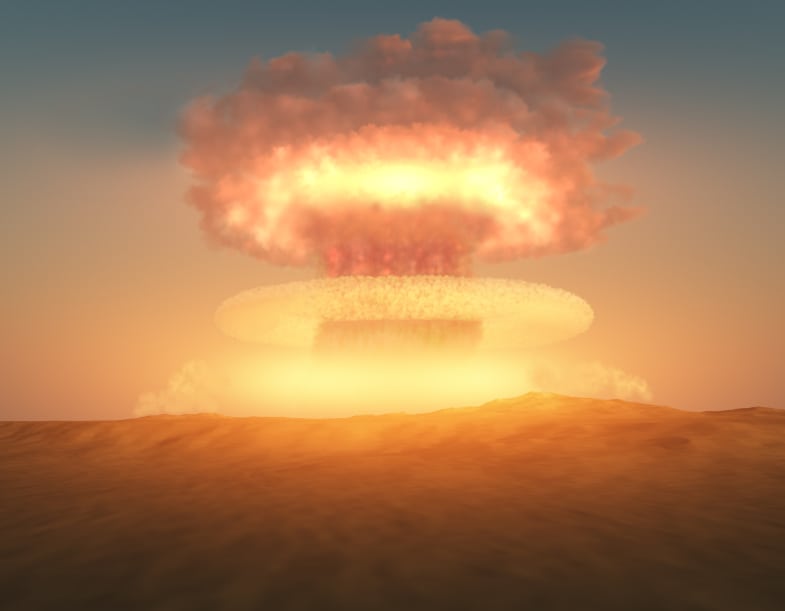In March 2011, a tsunami crippled Tokyo Electric Power Company’s Fukushima I nuclear power plant. With critical equipment offline, the plant suffered multiple nuclear meltdowns and discharged a substantial amount of radioactive material; this earned it a Level 7 “Major Accident” rating on the International Nuclear and Radiological Event Scale (INES). After being somewhat contained and downgraded to an INES Level 1, the situation at Fukushima recently upgraded to INES Level 3 after radioactive water began leaking from containment tanks and seeping into groundwater. More importantly, at some point in the near future, TEPCO may have to stop simply cooling the spent fuel rods and actually attempt to remove about four hundred tons of radioactive material from the spent fuel pool of a badly-damaged reactor unit. An extraction of this scale has never been attempted, and could release enormous amounts of radiation into the surrounding area if things go wrong.
Travel managers and mobile employees alike must concern themselves with the reality of facing a nuclear incident like Fukushima while traveling and working abroad. While very rare, nuclear plant malfunctions can prove disastrous for the region around them, resulting in dangerous radiation exposure and widespread evacuations. When mobile employees travel to areas in which a nuclear reactor is located, consider the following factors:
1. Weather. The Fukushima plant met its end not by operator error, but rather the simple misfortune of being located on a coast when a tsunami struck. Nuclear plants located in coastal regions where tsunamis and typhoons are more prevalent, such as the shores of Southeast Asia, have an elevated risk of incident. Also watch out for reactors in locales with a recent history of significant seismic activity.
2. Size. There are reactors, and then there are reactors. The Syrian reactor outside Damascus, for example, is a Miniature Neutron Source Reactor (MNSR); designed in Canada during the 1970s, MNSRs operate on just a few hundred fuel rods and typically serve an experimental role instead of being a regional power source. Fukushima, in comparison, operated on several thousand fuel rods. The potential radiation release from multi-unit regional power reactors like Fukushima and Chernobyl is far greater than that of an MNSR.
3. Safety. In 1986, a Soviet nuclear reactor called Chernobyl experienced a catastrophic failure and released lethal amounts of radiation all across the Ukrainian countryside. Thirty-one people died and some 120,000 more were evacuated from the surrounding area. An international investigation later discovered the cause of the meltdown to be a combination of widespread operator error and design deficiencies. Nuclear reactors are arguably the safest power source in modern times, but that safety relies heavily upon the regulations and diligence of the company/state operating the reactor.
4. Security. It hasn’t happened yet, but every nuclear reactor standing today is a dream target for terrorist groups, offering the opportunity to turn a few hundred pounds of conventional explosives into a radioactive regional disaster. If the company or government operating a reactor in a given region is providing substandard security around the facility, this increases the likelihood of a nuclear incident occurring.
Originally published on Wednesday, September 25, 2013
788 views at time of republishing

